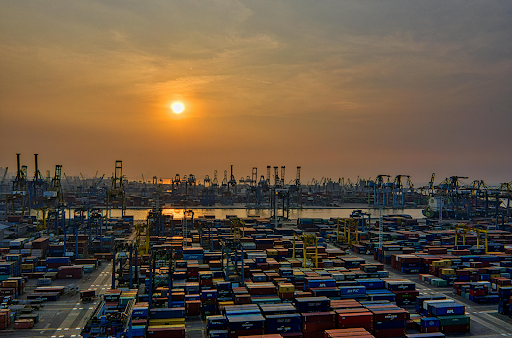The Dow Jones Industrial Average’s sharp 879-point, or 1.9%, fall is more than just a bad day on the stock market; it is a symptom of a deeper economic malaise brought on by the escalating U.S.-China trade conflict. The plunge reflects a fundamental loss of confidence in the stability and predictability of the global economic order.
This was not a correction based on corporate earnings or economic data; it was a politically induced market shock. The 1.9% drop was a direct and immediate reaction to President Trump’s threat of 100% tariffs, a policy that investors believe would be profoundly damaging to U.S. and global economic health.
The malaise is rooted in uncertainty. Businesses and investors thrive on predictability, but the current trade environment is the polar opposite. The rules can change with a single social media post, making it impossible to plan for the future. This uncertainty chills investment, disrupts supply chains, and ultimately hurts economic growth. The Dow’s fall is the market’s way of quantifying that chill.
China’s promise to retaliate has deepened this sense of malaise. It confirms that the uncertainty is not temporary but is likely to become a defining feature of the economic landscape for the foreseeable future. The prospect of an ongoing, low-grade (or high-grade) economic war has become the market’s base case scenario.
While the daily fluctuations of the Dow capture the headlines, they point to a more significant underlying problem. The 1.9% fall is a fever spike, signaling that the global economy is suffering from a serious illness of instability and conflict, for which there is currently no cure in sight.

